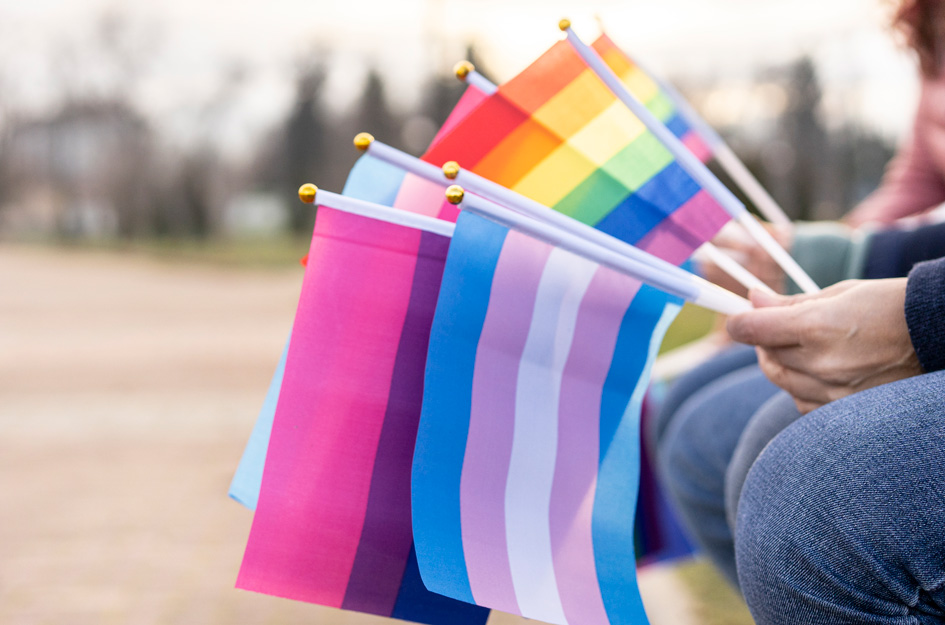

This guidance for parents and caregivers of LGBTQ youth will help you create a positive environment for the LGBTQ young people in your life to be themselves and maintain a positive relationship with you.
Your kid or teen has just let you know that they identify as LGBTQ (Lesbian, Gay, Bisexual, Transgender and Queer). Or maybe they have shared that they’re experiencing gender dysphoria – feelings of unease that their sex assigned at birth doesn’t match with the gender – and they’re not sure what to do.
As a parent or caregiver, what’s the best way to respond? How do you support your LGBTQ youth? And if you don’t know how to react, what should you avoid doing?
These are questions many parents of LGBTQ youth have. There are two important things to know about parenting LGBTQ youth:
That’s why it’s particularly important for LGBTQ kids and teens to feel supported by their families and communities. Research shows LGBTQ youth who have family support have greater self-esteem and resilience and a lower risk of negative outcomes like depression, hopelessness and substance abuse.
Parents, caregivers and family members of LGBTQ kids and teens have a critical role to play in creating a positive environment where your young person feels accepted and empowered to express themselves. Below are some behaviors to demonstrate your support and behaviors that may alienate your young person as they’re sharing their identity with you.
Behaviors that help demonstrate your support:
Behaviors that may be perceived as rejection:
Boys & Girls Clubs are committed to safe, positive environments for youth and provide inclusion programming.
Learn more about BGCA’s commitment to inclusion for LGBTQ youth.
Boys & Girls Clubs of America provides safe places, caring mentors and life-enhancing programs that boost youth self-esteem, build confidence and contribute to overall positive and healthy wellbeing. Sign up for our newsletter to receive the latest resources and stories.
We use cookies to enhance your experience. Learn More.
Boys & Girls Clubs of America uses cookies to give you the best experience on our website. Read about cookies in our privacy policy. By closing this message, you consent to our use of cookies on this device in accordance with our policy unless you have disabled them.